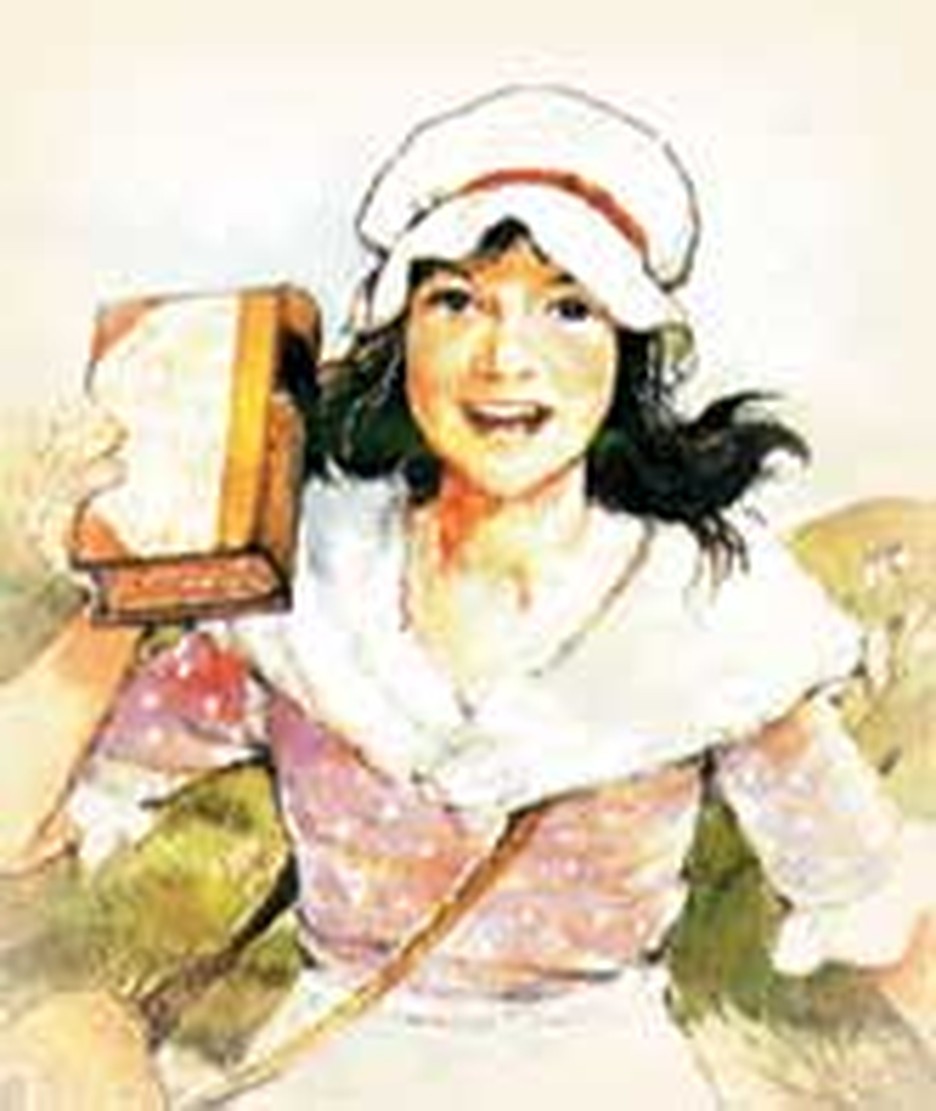
Wales had experienced revival. One thing, however, was lacking. There were not enough Bibles for everyone. Fifteen year old Mary Jones saved her money and walked twenty-five miles to see the Reverend Thomas Charles who sold Welsh-language Bibles. He had just sold his last copy, but was so impressed with her diligence that he gave it to her anyway, telling her the other buyer would just have to wait.
Thomas Charles was a notable figure in the revival. Perhaps because of Mary's hunger for the word, he visited the Religious Tract Society in London in 1802 and pleaded with them for Scriptures. The Society had to turn him away. Providing bibles just was not in their job description. As the members discussed the request, the Rev. Joseph Hughes said, "a society might be formed for the purpose--and if for Wales, why not for the Kingdom; why not for the whole world?"
Why not indeed? Fifteen months later the spark of his suggestion became reality. On this day, March 7, 1804, The British and Foreign Bible Society was formed. It was to be the first of many similar organizations throughout the world.
Key supporters of the nascent society were members of the Clapham sect, those well-placed evangelicals who did so much to improve society in the late eighteenth and early nineteenth centuries. The Society was non-sectarian, representing a wide spectrum of Christian life in Britain. It refused to distribute or print bibles with notes. Too often bibles had been printed with barbed comments aimed at other Christian denominations and they wanted no part of that. Auxiliaries of the main society quickly sprang up. 69 other Bible organizations formed in just ten years.
The British and Foreign Bible Society began an immediate and useful work. It funded trailblazing missionary William Carey in his translation work. When Morrison began to turn the Bible into Chinese the Society generously assisted him, as it did Henry Martyn, who was working on a Persian translation. The Society backed Translation of the Gospel of John into Mohawk. As far away as the Pacific, the Society funded a translation into Raratongan. Wherever Christian missions spread around the globe, the Society could be found, lending a hand. Within a hundred years it had distributed over 200 million pieces of literature. By 1962 four fifths of the inhabitants of the globe had the Bible in their own tongue, although 2000 small language groups remained without any translation.
From the start The British and Foreign Bible Society let missionaries do their own translation. Other societies trained their own workers.
Twenty years or so after its birth, the society split. Many of its supporters were opposed to including the apocryphal books in versions issued by the society. When the Society did not decide quickly enough against the practice, the Scots withdrew and formed their own highly effective society. Later a group of supporters, irate over the inclusion of Unitarians in the British and Foreign Bible Society, formed the Trinitarian Bible Society.
Bibliography:
- Adapted from Glimpses, a Christian History Institute publication.
- Carter, Mary. Mary Jones and Her Bible. Bible Memory Assoc; American edition, 1969.
Last updated May, 2007.







